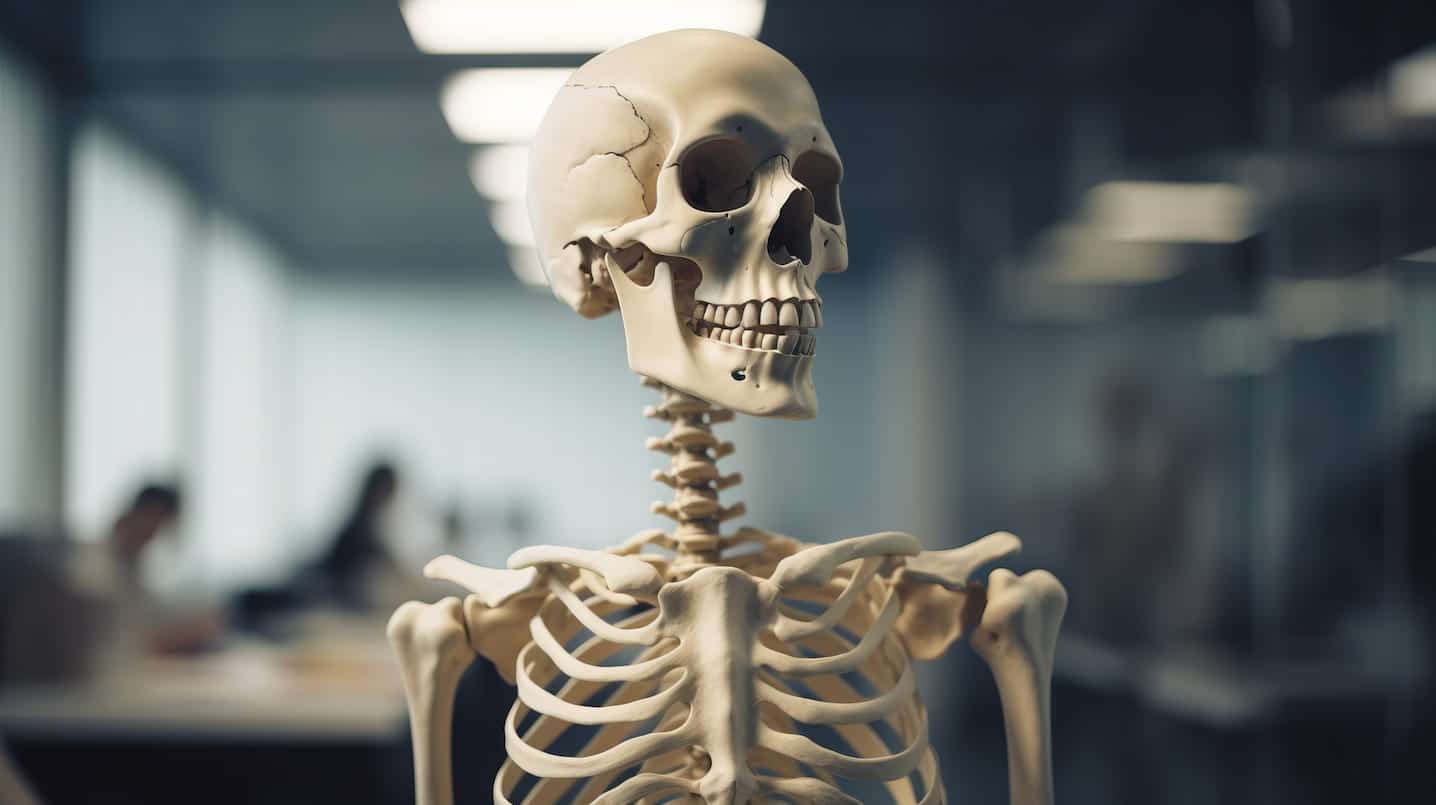The human body is an extraordinary biological machine, full of complexity and wonders that have amazed scientists and researchers throughout history. Although we have made great strides in understanding anatomy and physiology, there are still mysteries that challenge our science and remain without definitive answers.
These mysteries, often hidden in the depths of our biology, remind us that despite all the knowledge we have gained, there is much more to discover about ourselves. In this context, today we will explore six of these intriguing mysteries surrounding the human body, revealing the questions that still remain and the investigations that continue to challenge us.
Prepare for a trip into the unknown as we delve into some of the most thought-provoking questions about human anatomy that remain unanswered about why.
1. How does human consciousness work?
There is no doubt that the mystery of human consciousness is one of the deepest mysteries in science and philosophy. How our brains create the sense of life and consciousness is a question that has puzzled scientists for centuries.
Inside this remarkable organ, with its staggering 100 trillion neural connections, lies the complexity that makes us extraordinary in the animal kingdom. And yet, despite all the accumulated knowledge, this unique sense of consciousness, with the ability to think, reflect, and experience the world, remains a mystery that defies even the brightest minds in neuroscience.
2. Why are there left and right?
The predominance of dexterity in humans, with about nine out of 10 individuals being right-handed, meaning they have more dexterity with their right hand, is an interesting phenomenon. Despite decades of research and study, the reason behind this difference remains an unsolved mystery to science.
Why does one hand become dominant in the vast majority of cases? Why is the ability to dexterity not distributed equally in both hands to everyone? Even as efforts continue to investigate this phenomenon, no theory has been conclusively confirmed yet, making the mystery of hand dominance a challenge for scientific understanding.
Read also | 6 reactions your body makes and you don’t understand why
3. Why is there so much hair on our private parts?
Humans, compared to many other mammals, have a moderate amount of body hair. However, a noticeable density of tufts of hair appears in the pubic regions after puberty. As for this feature, scientists have put forward several theories that seek to explain its purpose.
Some of them point out that pubic hair can act as a form of protection for the intimate area, acting as a kind of pheromone store, providing comfort or even playing a role in protection during sexual activity. However, the real reason behind this phenomenon remains a mystery that science has not been able to solve.
4. What do all these microbes do in the human body?
Our body is a real mixture of cells and microbes that coexist harmoniously. This microscopic community plays vital roles in our health, contributing to processes such as food digestion and even skin regeneration.
However, there is much more to this complex relationship between our bodies and microbes than science has yet to reveal. We are just beginning to understand the complex relationship between viruses, bacteria and our body, and there are still many mysteries to be uncovered, both in terms of the benefits and the challenges these microorganisms can present.
5. Why are people so fragile?
When we compare a human being to a chimpanzee, a primate that shares similarities with our species, we can see some physical similarities between us. However, it is surprising to find that chimpanzees have much more muscle strength than we do.
There are impressive reports of female chimpanzees, who weigh around 30 kilograms, tearing tree branches with just her fingertips, a task that requires both human hands and great effort to do. This disparity in physical strength between the two species constitutes an exciting puzzle that challenges our understanding of the evolution and capabilities of the human body compared to our primate relatives.
6. Why do women have breasts?
It is generally understood that the breasts play a major role in breastfeeding, as they expand to accommodate breast milk and nourish babies. But the question arises, why do breasts swell in women even before pregnancy?
Although there are several theories about this characteristic, such as possible attraction to partners or a later fat deposit in the baby during breastfeeding, to date none of these theories have been scientifically confirmed, leaving this specificity an unsolved mystery in our understanding of the female anatomy. .

“Music fanatic. Professional problem solver. Reader. Award-winning tv ninja.”




:strip_icc()/s02.video.glbimg.com/x720/12554565.jpg)


More Stories
Hamas leader says there are no “major problems” with the truce proposal
A woman quits 27 minutes into work after figuring out how to do hotel cleaning
Maduro's opponent says Lula and Petro cooperated in his candidacy